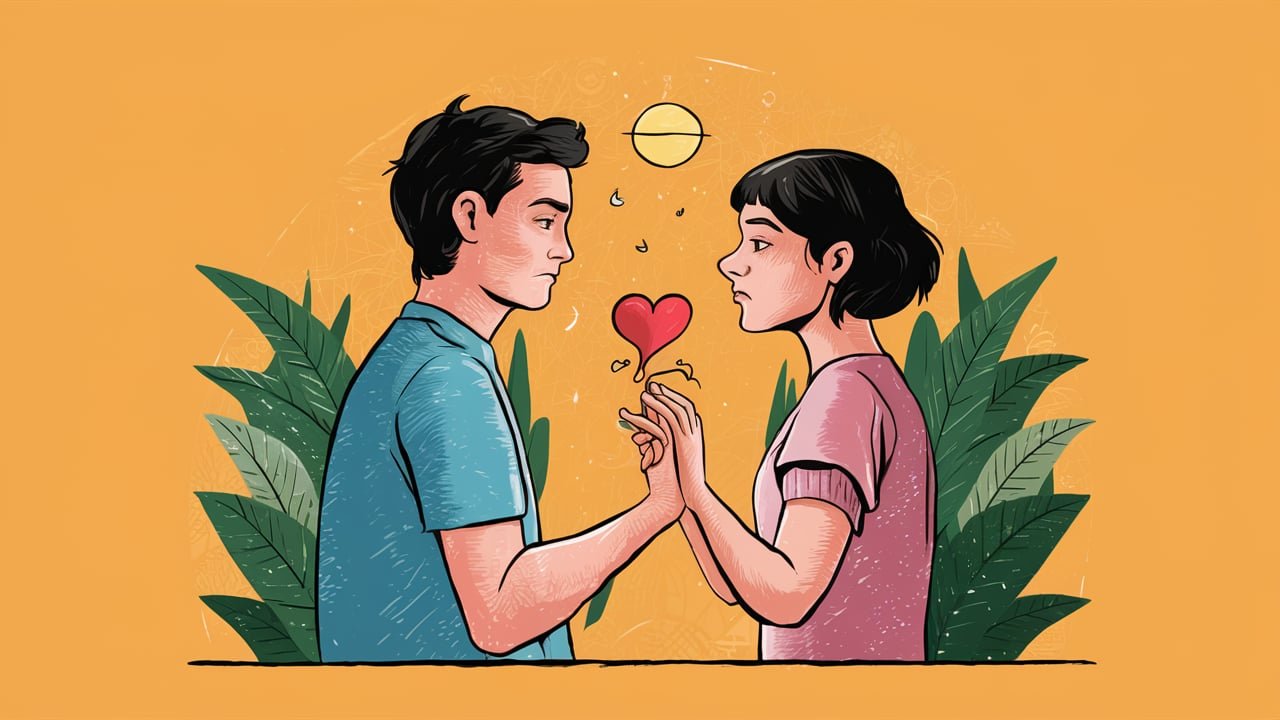Introduction
Have you ever wondered why you keep attracting the same type of partner, despite your best efforts to break the cycle? The answer might lie deeper than you think. Welcome to a journey of self-discovery where we’ll explore the fascinating connection between your childhood experiences and your quest for true love. In this article, we’ll uncover the hidden link between childhood wounds and soulmate connections, revealing how your past shapes your romantic future in ways you never imagined.
The Surprising Truth: Your Childhood Holds the Key to Your Soulmate
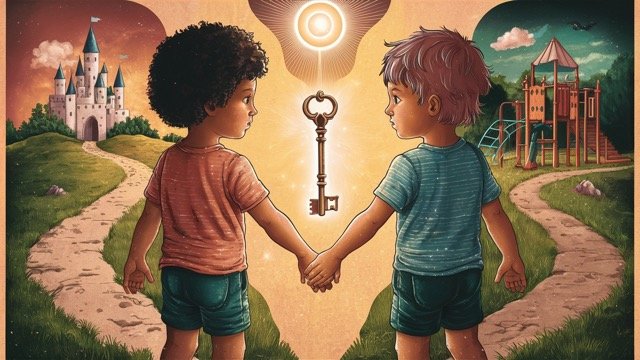
We often think of soulmates as perfect matches sent from the universe. But what if the path to finding your soulmate is actually paved with the experiences of your childhood? Let’s dive into this intriguing concept and explore how your early years might be the secret ingredient in your recipe for love.
1. The Mirror Effect: How Childhood Wounds Reflect in Relationships
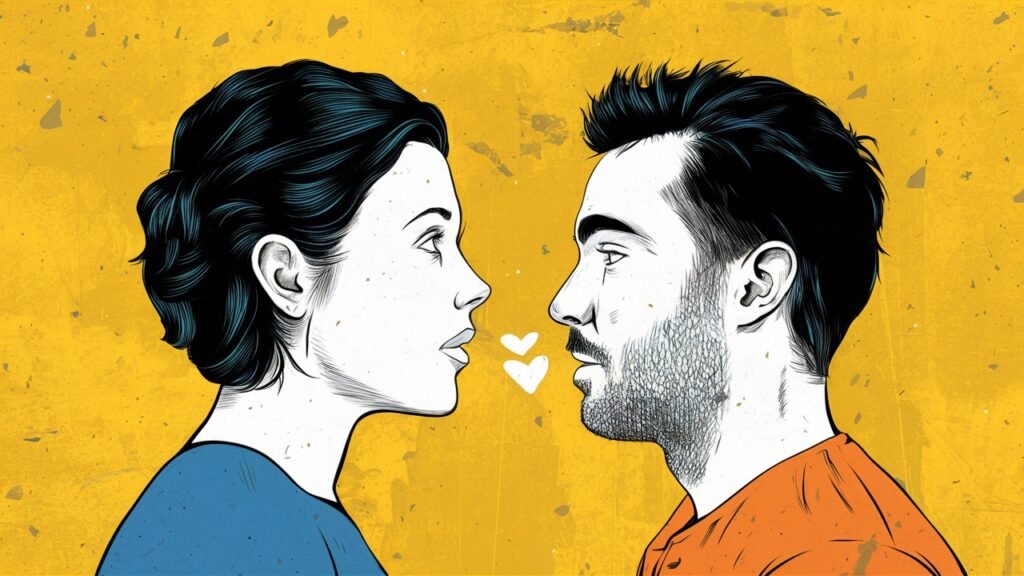
Your childhood experiences create a blueprint for your adult relationships. This phenomenon, known as the “repetition compulsion,” explains why we often unconsciously seek out partners who remind us of our early caregivers or childhood experiences. Here’s how it works:
- Familiarity breeds comfort: Even if your childhood wasn’t ideal, those patterns feel familiar and, paradoxically, comfortable.
- Unfinished business: Your psyche seeks to resolve past hurts by recreating similar scenarios in adulthood.
- The healing potential: Recognizing these patterns can lead to profound personal growth and healing.
2. Attachment Styles: The Invisible Threads Connecting Past and Present
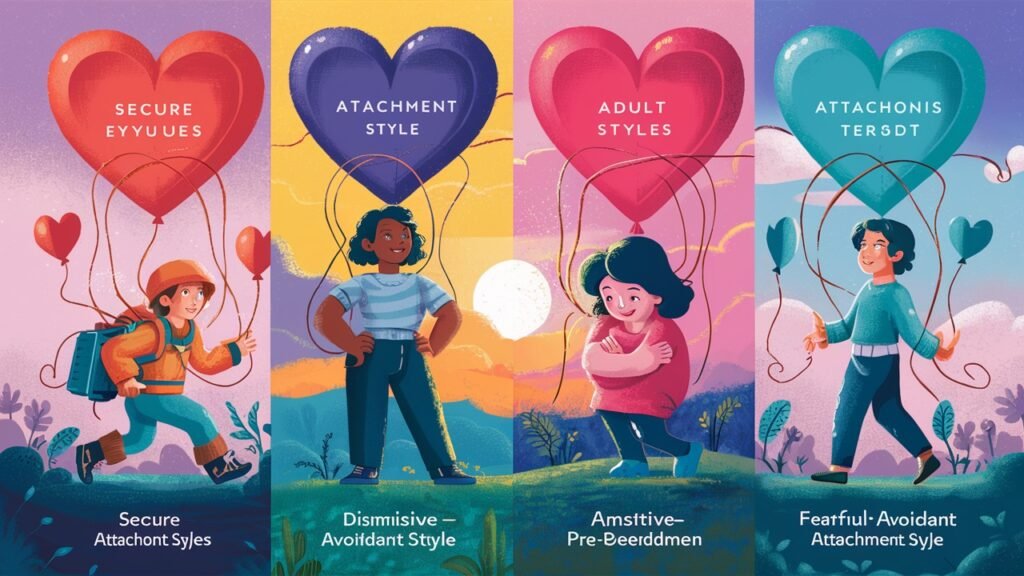
Your attachment style, formed in childhood, plays a crucial role in your adult relationships. According to attachment theory, there are four main styles:
- Secure
- Anxious
- Avoidant
- Disorganized
Understanding your attachment style can be a game-changer in your love life. For instance, if you have an anxious attachment style, you might be drawn to partners who are emotionally unavailable, unconsciously recreating the dynamic you experienced with a distant caregiver.
Friend with Benefits: Suggests an easy transformation of an existing relationship.
3. The Love Map: How Childhood Shapes Your Ideal Partner
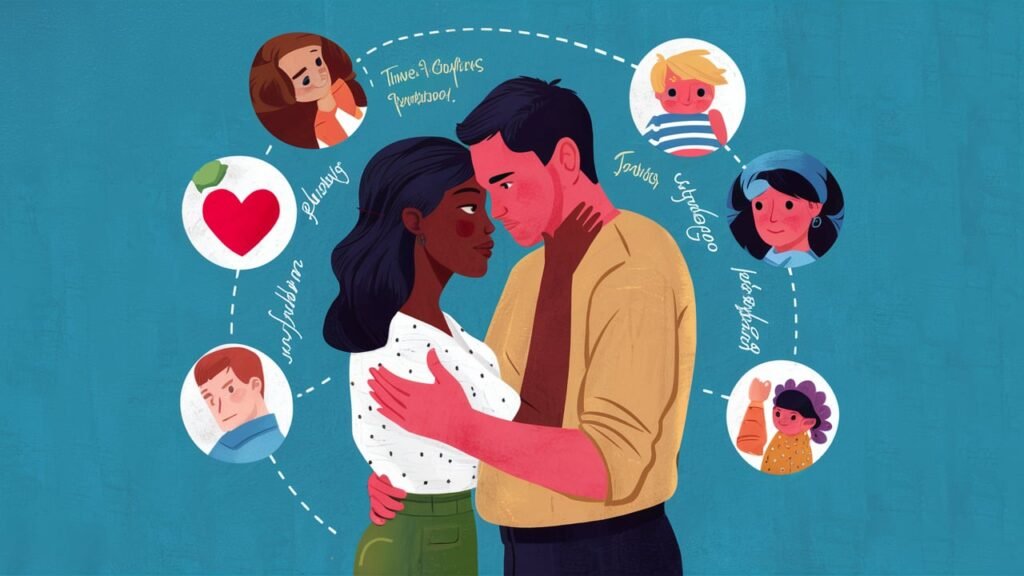
Your “love map” is like a subconscious checklist of traits you look for in a partner. This map is largely influenced by your childhood experiences. For example:
- If you had an emotionally distant parent, you might be drawn to partners who are similarly aloof.
- If you experienced childhood trauma, you might seek out relationships that feel “safe” but lack passion.
Understanding your love map can help you make more conscious choices in your relationships.
Discover the Hidden Secrets of Love Telepathy and Bond!
4. The Wounded Healer: Transforming Pain into Connection
One of the most beautiful aspects of the link between childhood wounds and soulmate connections is the potential for mutual healing. When two people come together with awareness of their wounds, they can create a powerful healing dynamic. This is the essence of the “wounded healer” concept in relationships.
5. Breaking the Cycle: Recognizing and Healing Childhood Wounds
Awareness is the first step toward change. Here are some signs that childhood wounds might be affecting your love life:
- Repeating unhealthy relationship patterns
- Feeling triggered by your partner’s behaviors
- Difficulty trusting or committing
- Fear of abandonment or engulfment
Recognizing these patterns is crucial for breaking the cycle and opening yourself up to healthier connections.
Soulmate Test: Creates urgency and exclusivity with a short, definitive test.
6. The Soulmate Within: Self-Love as the Foundation
Before you can truly connect with a soulmate, it’s essential to cultivate a loving relationship with yourself. This involves:
- Practicing self-compassion
- Setting healthy boundaries
- Developing self-awareness
- Healing your inner child
Remember, the most important relationship you’ll ever have is the one with yourself.
7. Rewriting Your Love Story: From Wounds to Wisdom
Your childhood wounds don’t have to define your love life forever. By understanding the connection between your past and your present relationships, you can begin to rewrite your love story. This process involves:
- Acknowledging your wounds
- Seeking professional help if needed
- Practicing new relationship skills
- Choosing partners who support your growth
Soulmate Sketch: Plays on curiosity and the visual aspect of “seeing” one’s soulmate.
Frequently Asked Questions
Q: Can childhood wounds really affect my adult relationships that much?
A: Absolutely. Our early experiences shape our beliefs about love, trust, and intimacy, which in turn influence our adult relationships significantly.
Q: How can I tell if my childhood wounds are affecting my love life?
A: Look for patterns in your relationships. Do you keep attracting the same type of partner? Do you struggle with trust or commitment? These could be signs of unresolved childhood issues.
Q: Is it possible to find a soulmate if I have unhealed childhood wounds?
A: Yes, but it’s important to work on healing yourself first. A truly healthy soulmate connection requires both partners to be on a path of self-awareness and growth.
Q: How can I start healing my childhood wounds?
A: Start by acknowledging your wounds and their impact on your life. Seek support from a therapist or counselor specializing in childhood trauma. Practice self-compassion and gradually work on changing unhealthy patterns.
Q: Will healing my childhood wounds guarantee I’ll find my soulmate?
A: While there are no guarantees in love, healing your wounds will significantly improve your chances of forming healthy, fulfilling relationships. It will also help you recognize a true soulmate connection when it comes along.
Soulmate Quiz: Appeals to the desire for quick results and finding a perfect match.
Conclusion: Embracing Your Journey to Love
Understanding the hidden link between childhood wounds and soulmate connections is a powerful step toward creating the love life you desire. By acknowledging your past, healing your wounds, and embracing self-love, you’re not just preparing to meet your soulmate – you’re becoming the best version of yourself.
Remember, the journey to finding true love starts within. As you heal and grow, you’ll naturally attract partners who reflect your newfound wholeness. Your childhood wounds, once acknowledged and healed, can become the very foundation upon which you build the most beautiful and fulfilling relationship of your life.
So, are you ready to unlock the secrets of your past and open the door to a love beyond your wildest dreams? Your soulmate journey begins now, with every step you take toward healing and self-discovery. Embrace it, for it’s leading you to the love you’ve always deserved.
